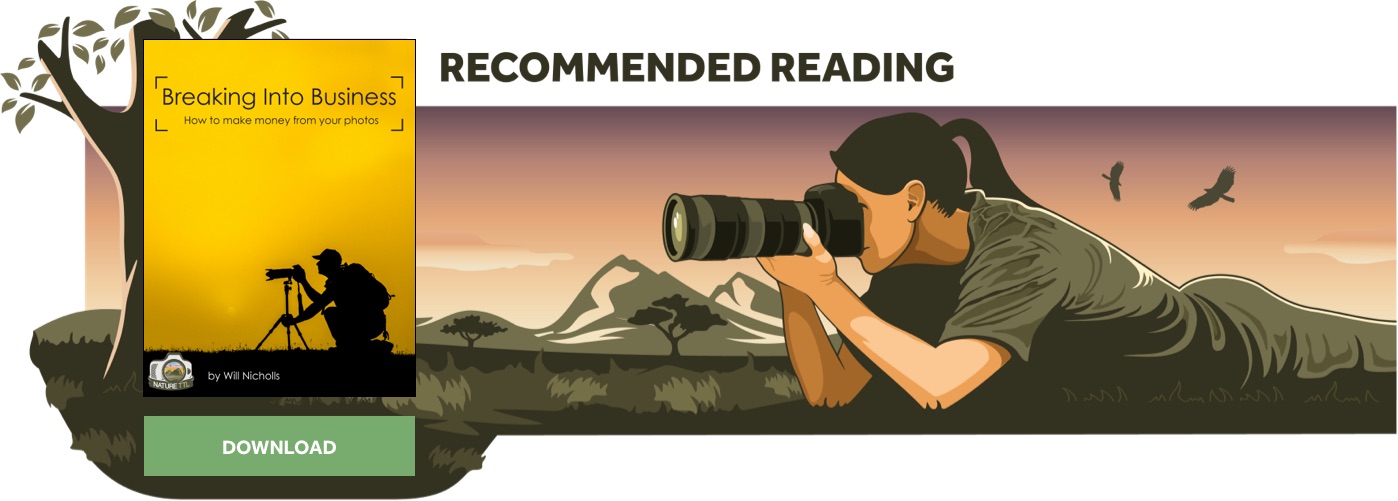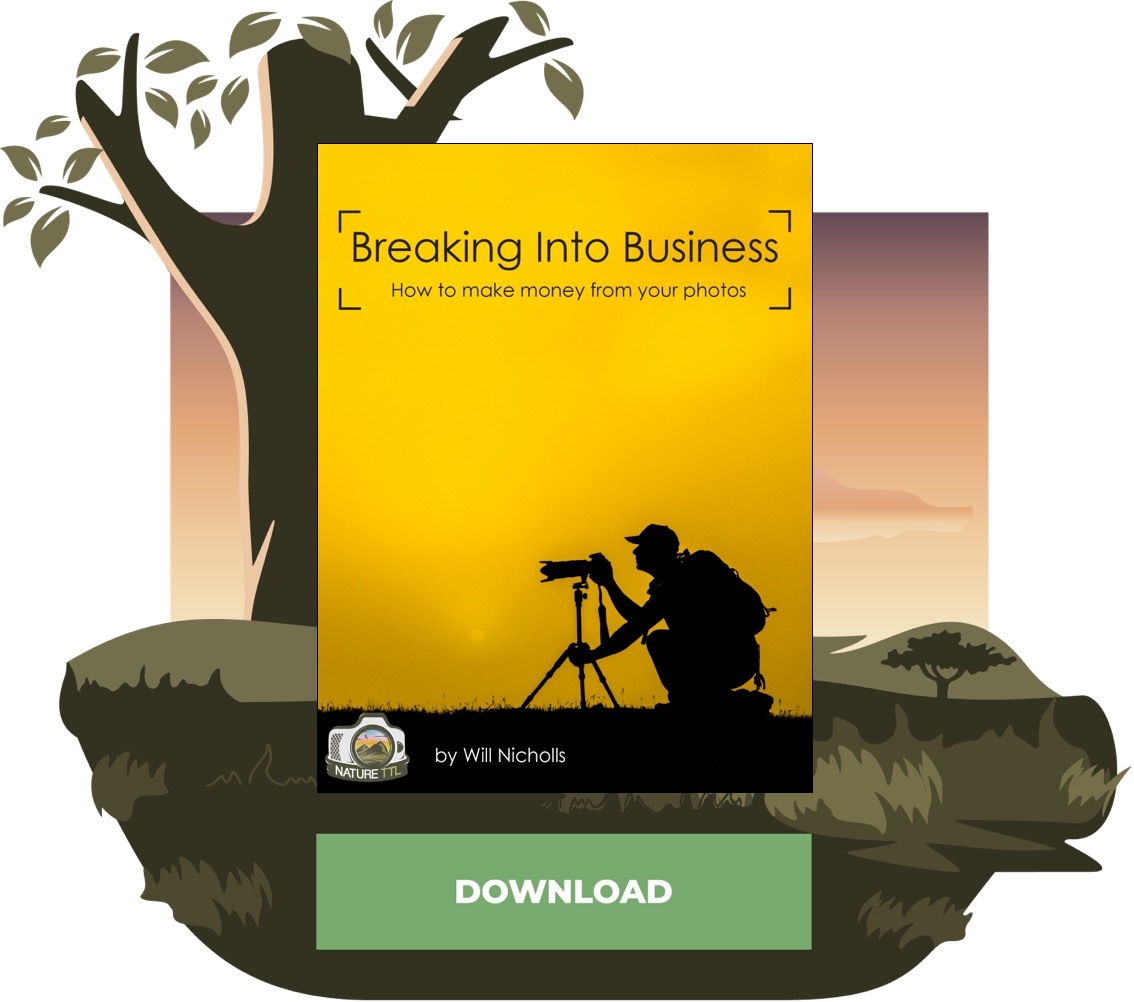Karim Iliya: From Underwater Wonders to the Moon

Wildlife photographer, filmmaker, and whale swimming guide, Karim Iliya’s imagery takes viewers from volcanic lands to hidden underwater worlds, across the icy plains of the Arctic, and to many other fascinating places that humans and wildlife call home.
Focused on documenting threatened animals, Karim masterfully uses photography and video to show a unique perspective and uncover new worlds that few have the opportunity to see in order to protect our delicate ecosystems on Earth.


What brought you to the path of nature photography?
I always loved spending time outdoors, in nature, and looking at animals.

I started to photograph wildlife and nature as a way of sharing what I saw and delving into the hidden world of animals.
From volcanic lands to rarely seen underwater worlds, do you have a favorite place to photograph in the world?
Volcanoes are absolutely fascinating and constantly changing. They are a place where you can see geology that normally takes millions of years, occurring in a matter of seconds, minutes, and hours.

As for a specific place, there’s an underwater cave in Tonga where I go diving with whales where time seems to stop and gravity doesn’t exist.

You can sit and watch the light beams dancing through the water as a river of fish swirl. It is one of the most magical places on Earth.
What’s the most memorable encounter you’ve had when photographing wildlife?
I’ve been fortunate to spend hundreds of hours in the water with various whale species.
Watching a group of 20 whales racing and battling during a heat run (mating battle) was something that I will never forget.

I also spent approximately 25 hours over 15 days documenting a humpback mother and calf. By the end of it, the calf was so comfortable with me that it would swim under and over me to play, while its mother slept just below.
You view your camera as a tool for change. Can you tell us more about this philosophy and how it has helped shape your style of photography?
I spend much of my life documenting the world around me.
I try and show people the beauty of nature in the hopes that we can do a better job as a society in protecting it by voting with our money and pressuring local governments, policymakers, and corporations to protect nature.

I also recently founded an ocean conservation non-profit called Kogia. It’s a library of photos and videos that can be used for free by small non-profits, scientists, activists, and conservation organisations.
What advice would you give to wildlife photographers who want to reach the next level in their photography?
You don’t need to travel to the ends of the earth and photograph the biggest, rarest species. I focus a lot of my time on photographing the animals in my backyard. The ones that might seem less exciting, or that no one cares about because they see them daily.

Try to get into this animal’s world and share its story in a new and exciting way. Having access to an animal means you can practice photographing it and capture more interesting photography.
I’ve spent hundreds of hours photographing lizards and birds in the garden. Make sure to always be respectful and try not to harm or disturb an animal’s natural behaviour.
When photographing wildlife, you are very intent on minimizing impact and disturbance to nature. Why is this an important part of a photographer’s responsibility, in your opinion?
With wildlife photography, the goal is to document the animal living its life.
Being an animal is not always easy. Many of them struggle through terrible weather, and harsh conditions, and have to hunt/forage for their food. It’s a matter of survival for most animals.

As much as we can, we should not interfere or intervene, except in some rare instances where we can help an animal without causing harm to another.
For most of my wildlife photography, I try to be invisible.
There are of course some instances when a wild animal like a whale comes to you and wants to interact on their terms. This is a beautiful encounter but eventually, it’s our responsibility to remove ourselves and let the animal get back to its life.
What do you feel is a key element to think about when capturing images to tell a story?
Get into an animal’s world and on their level. Try to tell the story from that animal’s perspective rather than from that of a human outside of its world.

The easiest way to start is to get down to its level (eye level), be patient, immerse yourself, and try to be invisible.
What is an accessory you recommend all nature photographers take with them on a shoot?
Snacks, warm clothes, sun protection, water.
The camera gear you use is not as important as your patience and your ability to be prepared for the harsh conditions of nature.

You might take your best photograph when everyone else is comfortably back and the campsite eating dinner or sleeping.
With almost an over-saturation of images shown to us on a daily basis through social channels, what keeps you inspired and motivated to continue photographing and documenting the natural world?
Nature keeps surprising you.
There are so many talented photographers out there doing amazing things.

This means I have to find new ways to document nature, find new ways to look at things that have been overlooked, and try to find creative methods for photographing the world around me.
Your photography takes you all over the world. How do you mentally prepare to go from shooing humpback whale dances to photographing remote landscapes of the Arctic?
The mental preparation is not too complicated.
The best skill you can learn is to adapt and enjoy new challenging environments.

In the Arctic, it can be impossible to change lenses when you can’t feel your fingers and you’re in a snowstorm. Underwater is a whole other world where you have to manage your breath and move through a 3D space.
The bigger difficulty is knowing how to pack and navigate various conditions.
For example, when photographing a volcano, you need to keep your bags packed and ready to go in case a new fissure opens up.

Each place presents its own challenges and you have to be willing to learn and adapt
When going from shooting stills to capturing video footage, is there a shift in your workflow and in how you approach these different projects?
My primary approach is photography. After I feel that I got the shot, I will swap over and get a video clip. This does mean that I am often sacrificing settings that would be more optimal for filmmaking.
It also means I am sometimes shooting videos in the style of a photographer.

If I have more time or am shooting a video project, then I will usually go in with a different mentality to get lots of clips that build a story, rather than 1 clip that tells the story.
It’s hard not to be able to do both, so you often have to commit to one medium.
What is the biggest challenge you face nowadays as a professional photographer and videographer compared to when you were starting out?
The business side of things is always a challenge.
You can have all the creativity in the world but you will need to be able to do admin, emails, make money, and figure out how to get your work out there.

When I was starting out I wasn’t paying too much attention to the business side of things because I was still in school.
We can’t wait to see what comes next from you. Can you give us a clue as to what new projects you are working on?
I’m going to space! I was recently selected as a crew member on the dearMoon mission.
I’ll be going on the Space X starship rocket (the largest rocket ever built) for about one week with seven other artists and Japanese entrepreneur Yusaku Maezawa around the moon.
I’m incredibly excited about this. I’ve spent my whole life documenting Earth close up, and I will now have the chance to photograph the whole planet and our moon and continue to tell the story of life on Earth.





